
Wired for Success
Finding a way to expel excess electrons isn’t exactly what keeps most of us up at night. Thankfully, we humans use oxygen to perform this

Finding a way to expel excess electrons isn’t exactly what keeps most of us up at night. Thankfully, we humans use oxygen to perform this
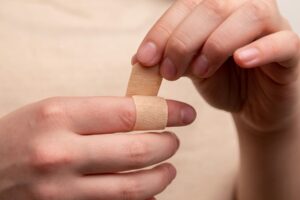
Image courtesy of Diana Polekhina via Unsplash. Wound healing is a painful, yet normal, biological process, and wounds repair themselves routinely. However, some wounds deviate
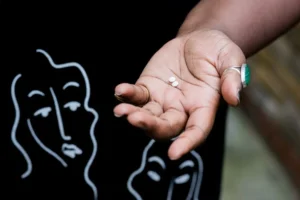
Image courtesy of Wellcome Collection. Alongside debilitating pains, heavy periods, and increased risk of infertility, some women with endometriosis are experiencing mood disruptions as a

Image courtesy of SuKaduna via Pixabay Mid-infrared (MIR) photodetectors have wide-ranging applications, including medical imaging, security surveillance, and pollution monitoring. However, detecting MIR light has proven
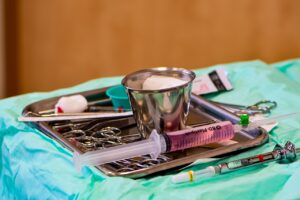
Photography courtesy of Ri Ya via Pixabay. Since the initial boom of cosmetic surgery in the 1970s, the idea of ethnic cosmetic surgery has been

Image courtesy of Stockcake Heart disease is the leading cause of death for women, yet chest pain in women largely remains an enigma for doctors.

Though overcoming cancer may seem like the moment when life returns to normal, many post-chemotherapy women find themselves at the beginning of another battle: sexual

Photography courtesy of Christel Sagniez via Pixabay In the 1940s and 1950s, psychiatrists commonly “treated” patients for being gay or gender-variant. Their methods differed but

Image courtesy of Florence Schechter. While Florence Schechter has had an impressive career as a pioneering science communicator, global headlines know her as the founder
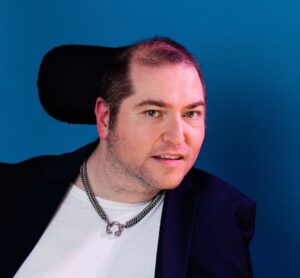
Image courtesy of Alice Xue Photography. Smashing stereotypes and starting “taboo” conversations—this is the kind of bold advocacy that reshapes how we think about disability
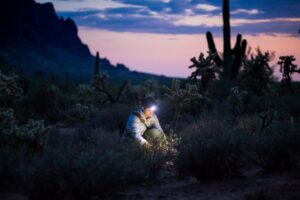
Photography courtesy of Nate Dappen. Lauren Esposito is the curator and Schlinger Chair of Arachnology at The California Academy of Sciences, where she studies arachnid
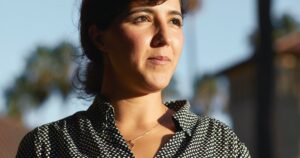
Image courtesy of Courtesy of Leah Morgan As a medical student in her home country of Denmark, Sara Naseri quickly realized that time—in particular, early